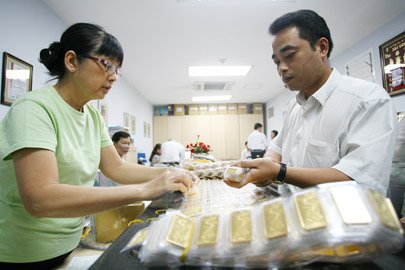Cambodia’s Jan-Mar peppercorn exports ratchet up 175% on-year
Cambodia’s Jan-Mar peppercorn exports ratchet up 175% on-year
Cambodia exported more than 3,000 tonnes of peppercorn in the first quarter of 2022, representing a 175 per cent increase from the same period last year, according to the General Directorate of Agriculture.
Data from the directorate, under the Ministry of Agriculture, Forestry and Fisheries, revealed that peppercorn exports in the first three months of 2022 totalled 3,073 tonnes, a 175 per cent increase year-on-year. Vietnam was the largest market for the peppercorns, importing 2,930 tonnes.
They were followed by Germany (106 tonnes), Malaysia (13.64 tonnes), Belgium (8.80 tonnes), France (7.89 tonnes), the Czech Republic (2.30 tonnes) and Canada and Japan at one tonne each. The US, UK, Sweden, Kazakhstan and Australia each imported under one tonne of the product.
Cambodian Pepper and Spices Federation (CPSF) president Mak Ny said that the increase in pepper exports earlier this year was a result of an abundance of existing stock from last November’s harvest.
He said that farmers are now beginning to harvest pepper to be able to sell around the May-June period.
Ny noted that the price of peppercorns had improved starting from January this year, with prices having hovered at around 15 million riel ($3,700) per tonne, but attributed their recent decrease in April to the latest harvest leading to a glut of pepper stocks.
The CPSF president also highlighted the large Vietnamese presence in peppercorn exports, saying it was due to its status as a large distributor.
He added that the federation was seeking to pivot to a strategy of selling directly to buyers and cutting out Vietnamese middlemen.
“The federation is [attempting to attract] investors and buyers to buy directly from us as it will be more profitable for us than to sell to Vietnamese traders,” he said, who will export them to other markets at a markup.
“But before we can attract them to buy directly [from us], we also need to have the infrastructure, packaging, the right suppliers, enough annual stock as well as a lot more processing plants. Currently, we have very few companies investing in pepper processing, so we need more investment [in the sector].”
Ny said that when the Cambodian peppercorn industry reaches a point where it has the capacity to sell directly to buyers, farmers will be able to increase their profit, while the state will also gain more revenue from taxes and shipping out of port.
Meanwhile, Kampot Pepper Promotion Association (KPPA) president Nguon Lay told The Post that Kampot pepper is still being harvested and “may be” exported in May. He noted that most of the pepper exported is salted or pickled pepper.
Lay said the yield from the beginning of this year is “not likely” to increase and may be similar to 2021’s yield of just over 120 tonnes, citing the association’s decision not to expand the land area for pepper cultivation.
“Though we have just harvested a little bit of pepper so far, it has already been ordered by exporters, specifically from small farmers. Large-scale farmers, on the other hand, have yet to receive orders, but there is still an export market for their products.
“Most exporters focus on small farmers because the European markets are based on equity, in order to create a wide market. The prices have not changed, with black pepper costing $15, red pepper $25, and white pepper at $28 per kilogramme, which are similar to previous years,” he said.
According to CPSF’s Ny, an Indian company is said to be planning to buy Cambodian light pepper to be used as an ingredient for an unnamed medication.
He said the federation has been considering putting forward a request to the government to make it a legal requirement for companies to sign agricultural contracts with farmers in order to offer reassurance to the latter.



